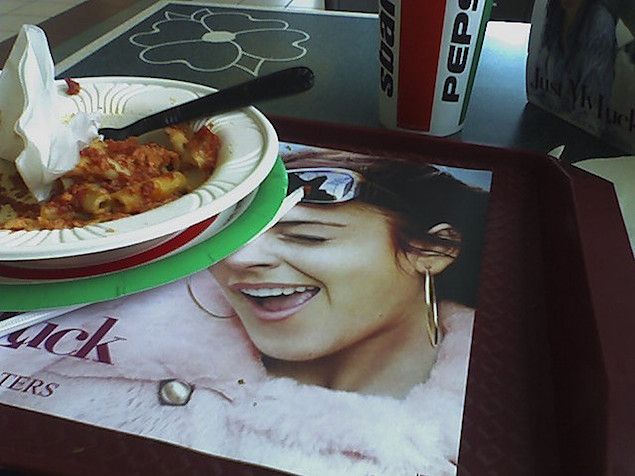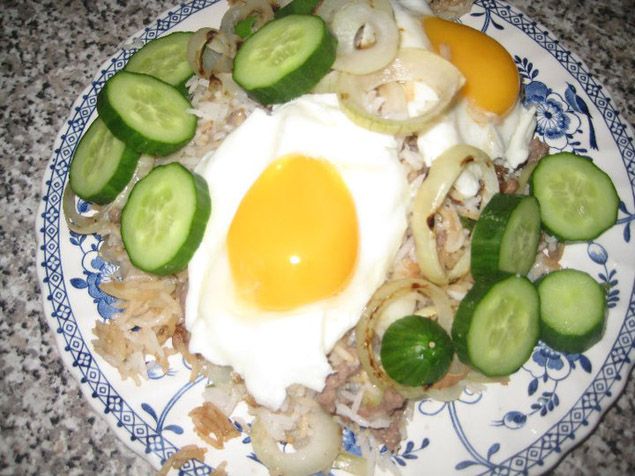How do we eat when no one is there to see us? It’s tempting to think that it’s just a solo version of what we do when others are around. One setting, rather than two or more.

But, individually, in our hearts, we know that’s not true. We know, privately, that on our own we are far weirder, greedier and more imaginative than when we’re witnessed. But it’s a lonely, guilty knowledge. Because the cookery pages keep on pushing a different vision of what we’re like: that the norm is to be smart but casual, and to rustle up well-organised, carefully nutritious meals for one.

Ideal, but not on the menu at the restaurant
At a smart restaurant, one might secretly wish for canned tomato soup served with fries or a baguette stuffed with sausages. But deference to an idea of what is appropriate or normal prevents these desires being voiced and transmitted to the kitchen.

as a solo supper
In private, he happened to love watery effects in diffuse sunlight and didn’t much bother whether the outlines were accurate – which was totally at odds with sophisticated assumptions of the day. He could do the expected thing very well; it’s just that he really loved certain elements that official public opinion rejected.

More expected – just less true to himself
But when the more adventurous works became known, they were widely admired, far more so than the standard works for which he had been recognised to date. It was ironic in the extreme. It turned out that a lot more people sympathised with Turner’s intimate tastes than – in his lonelier moments – he had ever imagined. He thought it was just him. It squarely wasn’t.
In a less dramatic – but still very important way – our secret eating styles are like Turner’s hidden pictures. In so many areas of life, we are still discovering and shyly daring to own up to our true selves

The real me
 hiveblocks
hiveblocks